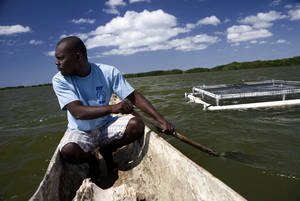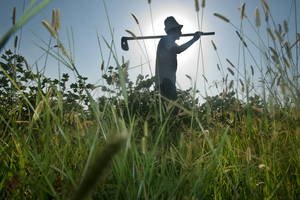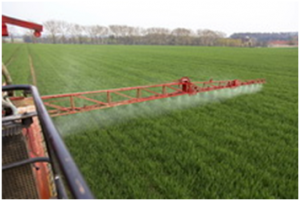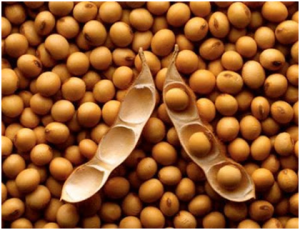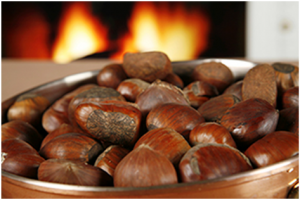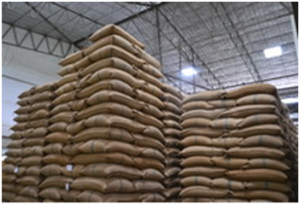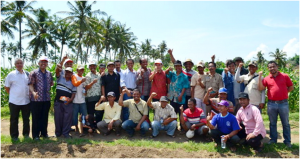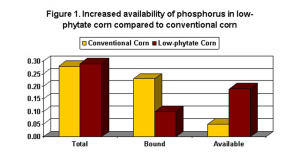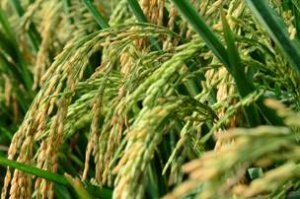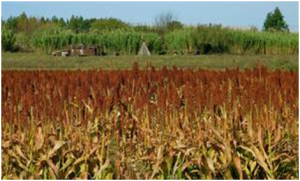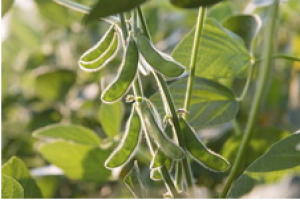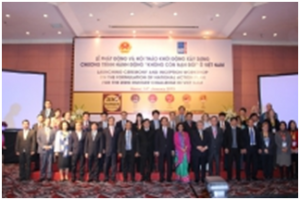|
Banana Fungus DNA Unravelled; Findings to Lead to Hardier Bananas
Thursday, 2016/08/18 | 07:40:27
|
|
Researchers at the University of California Davis and Wageningen UR have unravelled the DNA of Pseudocercospora fijiensis, the fungus that causes black Sigatoka disease in bananas globally.
The Sigatoka complex's three fungal diseases — yellow Sigatoka (P. musae), eumusae leaf spot (P. eumusae) and black Sigatoka (P. figiensis) — emerged as destructive pathogens in the last century. Eumusae leaf spot and black Sigatoka are now the most devastating, with black Sigatoka posing the greatest constraint to banana production worldwide. Farmers need to apply fungicide at least 50 times per year to control the disease.
UC Davis plant pathologist Ioannis Stergiopoulos and colleagues sequenced the genomes of eumusae leaf spot and black Sigatoka, and compared their findings with the previously sequenced yellow Sigatoka genome sequence. They discovered that Sigatoka Complex has become lethal to banana plants not just by shutting down the plant's immune system, but also by adapting the metabolism of the fungi to match that of the host plants. As a result, the attacking fungi can produce enzymes that break down the plant's cell walls, allowing the fungi to feed on the plant's sugars and other carbohydrates.
For more details, read the news release at the UC Davis website.
Figure: Plant pathologist Ioannis Stergiopoulos says discovery of how three fungal diseases attack banana plants should be a “wake-up call” to the research community. (Gregory Urquiaga/UC Davis) |
|
|
|
[ Other News ]___________________________________________________
|


 Curently online :
Curently online :
 Total visitors :
Total visitors :
(22).png)
